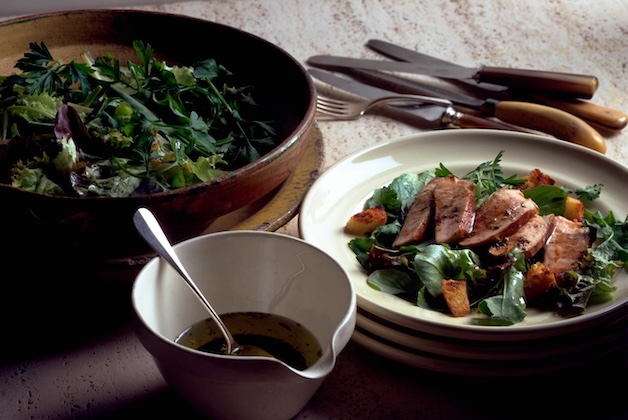Follow expert game cook Mike Robinson's advice and you'll serve up a delicious dish every time
Nothing is more disappointing than dry pheasant, though it’s a trap even experienced game cooks can fall in to with late-season birds. Follow this guide to the best way to cook pheasant breasts and you will ensure a succulent, scrumptious supper every time. (Read more of The Field’s pheasant recipes here.)
Real and free-range
Pheasant breasts are the part of the bird that people come across most frequently, so having a fail-safe way to cook them (at all times of the season) is something that all game cooks should have up their chef’s sleeve.
Pheasant is an excellent substitute for chicken, although it can get a bit dryer when cooking. Unlike many chickens, pheasants live a real, free-range life and, by the end of the season, have flown a fair bit and exercised their flying muscles (which are the breasts). So never overcook pheasant if you want a succulent, delicious result. Too much heat is a classic way of spoiling pheasant breasts.
The best way to cook pheasant breasts
Here is how to cook the meat correctly. Once done, you can serve it with any sauce you like. (Looking for a pheasant gravy recipe? You’ll find it here.) Mainly, you will be amazed about the juiciness of the meat and how easy this is, once you get your head around it. Essentially you need to know that meat changes from raw to cooked by about 65°C (149°F), so if the cooking temperature never exceeds that point, and we seal in the moisture, then (a) we cannot overcook it and (b) it will be perfect. Try it.
Serves 4
- 4 undamaged pheasant breasts (skin on)
- 1 tbsp olive oil
- Black pepper
- 1 large ziplock cooking bag
- 1 sprig rosemary
- 1 drinking straw
- 100g (31⁄2oz) butter (for later)
- Sea salt (for later)
Marinate the breasts in the oil and pepper and slide them into the bag. Add the sprig of rosemary and lay the bag flat. Zip it almost shut, and poke the straw into one corner.
Using the straw, suck out the air, then zip it completely shut. Pop the bag on a roasting tray and put it in the oven at 65°C (149°F) or a pan of water at the same temperature; use a thermometer. Leave it for an hour (more does not matter – it won’t overcook) then remove. The meat should feel firm with no wobbliness. If there is, put it back in the oven.
When done, remove from the bag and pat dry on kitchen paper. Then heat the butter in a non-stick pan. When the butter foams, pop the breasts in skin-side down, then sprinkle over the salt. Cook for one minute, continually spooning butter over. They are ready when golden.
Our monthly The Field to Fork newsletter brings together the best of The Field’s food and drink writing. Sign up here.





